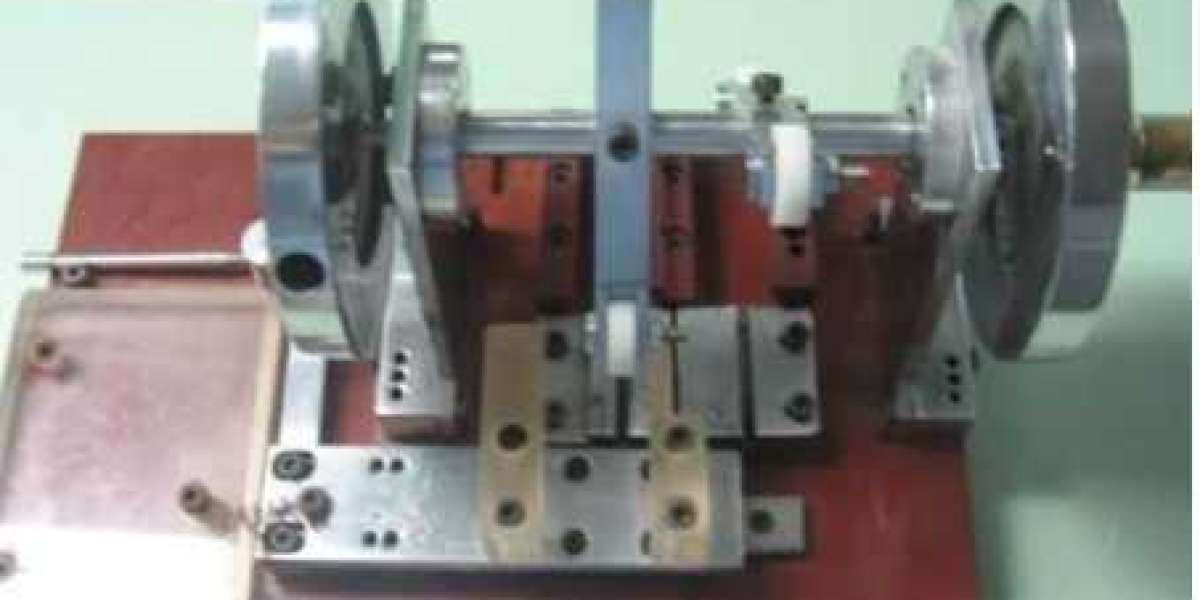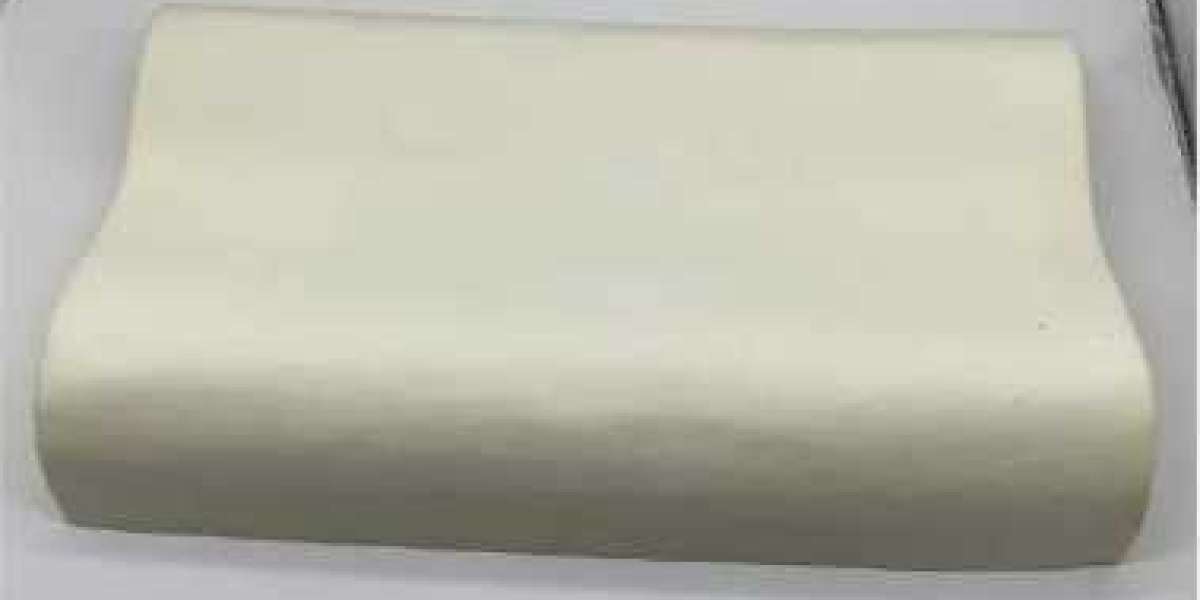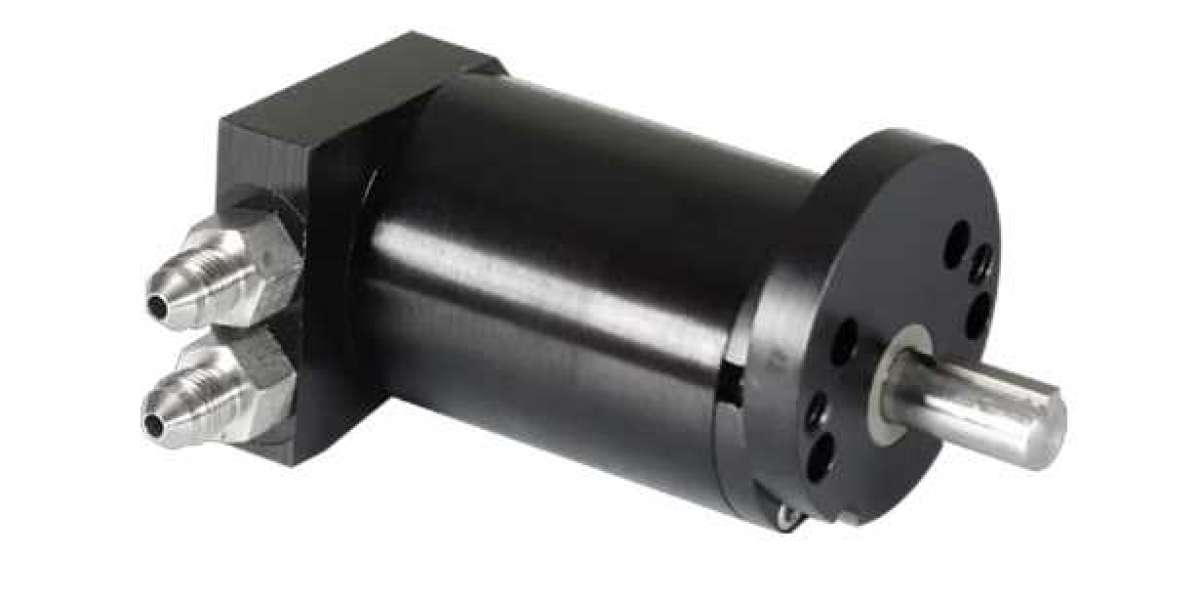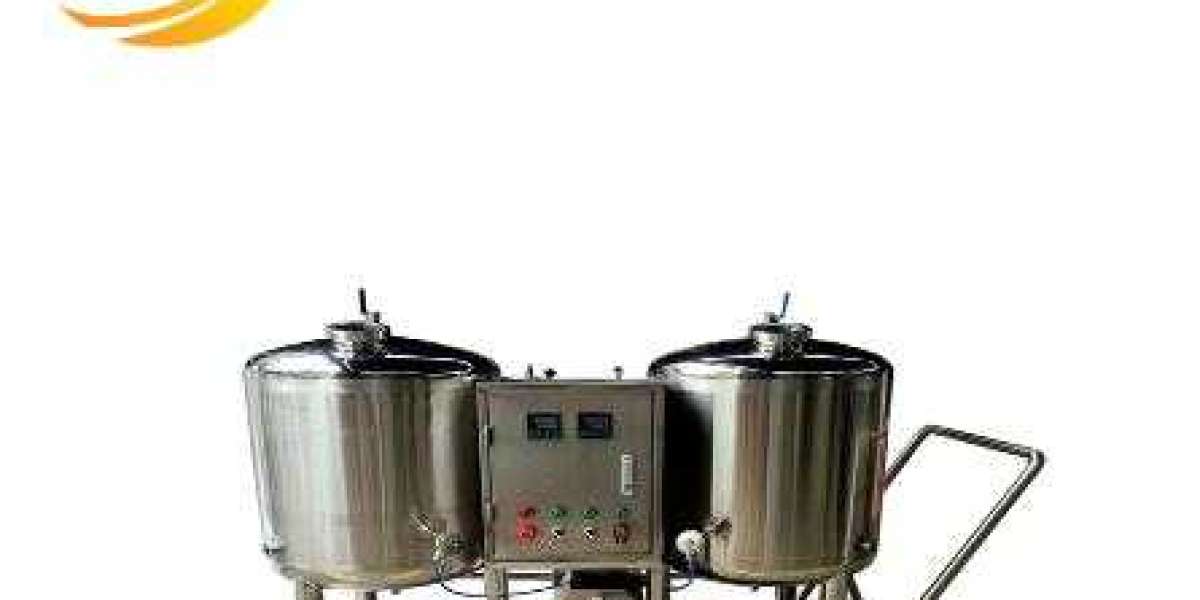- Overview of Tooling and Fixture Processes
- Importance of Engineering in Tooling Design
- Different Types of Fixtures and Their Applications
- Precision in Fixture and Tooling Manufacturing
- Custom Fixture Manufacturing for Diverse Industries
- Advanced Technologies in Tooling Development
- Turnkey Services for Comprehensive Manufacturing Solutions
- Key Considerations in Fixture and Tooling Design
- Trends Shaping Tooling and Fixture Manufacturing
- Frequently Asked Questions
- What are the key considerations in fixture and tooling design?
- How do advanced technologies influence tooling development?
- Why is custom fixture manufacturing important for diverse industries?
- What types of fixtures exist and what are their applications?
- How does engineering play a significant role in tooling design?
Tooling fixture manufacturing plays a crucial role in various industries, ensuring precise and efficient production processes. From automotive to aerospace sectors, tooling fixtures are indispensable for maintaining consistency and accuracy in manufacturing operations. This blog post delves into the significance of tooling fixture manufacturing, exploring its impact on enhancing productivity and product quality. By understanding the key aspects of tooling fixtures, manufacturers can optimize their production lines and streamline operations effectively. Stay tuned to discover how tooling fixture manufacturing contributes to overall efficiency and success in modern industrial settings.
Overview of Tooling and Fixture Processes
Importance of Tooling Fixture Manufacturing
Tooling fixture manufacturing is crucial in various industries, ensuring accuracy and efficiency in production processes. These tools and fixtures are designed to aid in machining operations, enabling proper fixturing for components during manufacturing. By utilizing tooling fixture processes, companies can enhance productivity by streamlining production workflows.
Manufacturing processes heavily rely on the utilization of machining fixtures to secure workpieces during machining operations. Proper fixturing ensures that parts are held securely in place, minimizing errors and enhancing precision throughout the production process. Fixturing machines play a vital role in maintaining consistency and repeatability when manufacturing components at scale.
Advantages of Implementing Tooling Fixture Processes
- Enhanced Accuracy: Through precise tooling and fixturing methods, manufacturers can achieve high levels of accuracy in component production.
- Improved Efficiency: Utilizing efficient fixturing techniques helps streamline manufacturing processes, reducing lead times and increasing overall productivity.
- Cost Savings: Proper tooling fixture practices result in minimized material waste and reduced rework costs.
- Consistency: By employing standardized tooling fixtures across production lines, companies ensure consistent quality output.
Importance of Engineering in Tooling Design
Vital Role
Engineering plays a vital role in tooling fixture manufacturing by ensuring that the tools are designed to perform optimally and meet specific requirements. Engineers utilize advanced software and techniques to create tooling fixtures that are precise, efficient, and durable. By leveraging their expertise, engineers can design tools that enhance productivity on the production line.
Engineers consider various factors such as material properties, part geometry, and production volume when designing tooling fixtures. This meticulous approach ensures that the tools can withstand repeated use without compromising quality or performance. For instance, when developing a fixture for mass-producing automotive components, engineers must carefully analyze the parts' dimensions and tolerances to create an accurate and reliable tool.
Benefits
Effective engineering in tooling fixture manufacturing yields several benefits for manufacturers. First and foremost, well-designed tools lead to improved productivity by streamlining production processes and reducing downtime. When tools are engineered with precision and accuracy in mind, they contribute to enhanced efficiency on the shop floor.
Moreover, incorporating engineering expertise into tooling design helps reduce costs associated with maintenance and repairs. Tools that are designed correctly from the outset are less likely to experience breakdowns or failures during operation. This not only saves money on frequent repairs but also minimizes disruptions in production schedules.
Lastly, high-quality engineering in tooling design results in enhanced product quality. Well-crafted tools ensure consistent output by maintaining tight tolerances and minimizing defects during manufacturing processes. As a result, manufacturers can deliver products that meet or exceed customer expectations regarding performance and reliability.
Different Types of Fixtures and Their Applications
Jigs
Jigs are fixtures used to guide cutting tools during machining processes. They assist in locating and holding the workpiece in place, ensuring precise and repeatable cuts. Jigs are commonly employed in drilling, reaming, or tapping operations where accuracy is crucial. They help reduce human error by providing a fixed template for positioning parts.
Jigs:
- Guide cutting tools accurately
- Ensure precise cuts during machining
Clamps
Clamps are fixtures designed to hold workpieces securely in position. They exert pressure to keep the part stationary during manufacturing processes like welding or milling. Clamps vary in types such as C-clamps, bar clamps, or spring clamps based on the application requirements. Choosing the appropriate clamp type is essential for maintaining stability while working on parts.
Clamps:
- Securely hold workpieces
- Maintain stability during manufacturing tasks
Chucks
Chucks are fixtures used primarily in lathe machines to secure cylindrical workpieces for turning or milling operations. These fixtures grip onto round components firmly, allowing them to rotate symmetrically for accurate shaping and sizing tasks. Chucks play a vital role in achieving concentricity when machining cylindrical parts like shafts or rods.
Chucks:
- Secure cylindrical workpieces for turning operations
- Enable accurate shaping of round components
Vices
Vices are versatile fixtures utilized for securing various shapes and sizes of workpieces during milling, drilling, or grinding activities. These fixtures provide strong clamping force through adjustable jaws that can accommodate different part geometries effectively. Vices offer flexibility by allowing quick adjustments according to the part being worked on without compromising stability.
Precision in Fixture and Tooling Manufacturing
Importance of Precision
Achieving precision in fixture and tooling manufacturing is crucial for ensuring accurate alignment and fit. Advanced machining methods like CNC milling play a key role in attaining high levels of precision. For instance, when creating fixtures for automotive parts, precise measurements are essential to guarantee that components fit perfectly.
Quality control processes such as inspection and testing are vital to maintain the required tolerances. In machine shops dedicated to fixture manufacturing, meticulous attention to detail ensures that each workpiece meets exact specifications. By employing sophisticated machinery like CNC grinders, manufacturers can achieve unparalleled accuracy in producing fixtures.
Ensuring Quality Standards
In the realm of tooling fixture manufacturing, stability and position accuracy are paramount. When fabricating jigs for aerospace components, maintaining stability during machining operations is critical to ensure consistent results. Manufacturers adhere strictly to quality standards by conducting thorough inspections at various stages of production.
To meet stringent requirements set by industries like medical device manufacturing, companies must uphold precise specifications throughout the process. By utilizing cutting-edge technologies such as 3D coordinate measuring machines (CMMs), manufacturers can verify the accuracy of intricate fixtures before they are put into use.
Custom Fixture Manufacturing for Diverse Industries
Tailored Solutions
Custom fixture manufacturing is vital across various industries such as automotive, aerospace, and electronics. These tailor-made fixtures are crafted to suit specific workpiece shapes, sizes, and materials. For instance, in the automotive sector, custom fixtures are designed to hold car parts during assembly.
Tailor-made fixtures play a crucial role in enhancing productivity by streamlining manufacturing processes for specific applications. In the aerospace industry, these customized solutions ensure precision when working with intricate components like aircraft parts. This level of customization allows manufacturers to optimize their production lines efficiently.
Increased Efficiency
By investing in custom fixture manufacturing from reputable companies like Carr Lane Manufacturing Co., businesses can witness a significant boost in efficiency. These bespoke fixtures eliminate the need for manual adjustments or modifications during production runs. This streamlined process not only saves time but also minimizes errors that could occur with standardized tools.
Moreover, custom fixtures provide consistent results across different batches of products by maintaining the same alignment and positioning each time they are used. This consistency is especially critical in industries where even minor deviations can lead to defects or rework requirements.
Advanced Technologies in Tooling Development
Revolutionizing Tooling Processes
Advanced technologies such as 3D printing, computer simulations, and virtual prototyping have transformed tooling fixture manufacturing. These innovations allow for rapid prototyping, efficient design optimization, and cost-effective production. For instance, 3D printing enables the creation of intricate tool designs that were previously challenging to produce using traditional methods.
Utilizing computer simulations in tooling projects aids in identifying potential issues early on, reducing the need for costly adjustments during the manufacturing process. Virtual prototyping allows manufacturers to test different scenarios virtually before committing to physical production. This results in streamlined processes and improved final products.
- Pros:
- Rapid prototyping capabilities
- Early issue detection through simulations
- Cost-effective design testing
- Cons:
- Initial investment costs may be high
- Training required for adopting new technologies
Enhancing Efficiency and Effectiveness
The integration of cutting-edge technologies enhances the overall efficiency and effectiveness of tooling development. By leveraging these tools, manufacturers can optimize machining operations, reduce production times, and enhance product quality. For example, utilizing virtual prototypes reduces the need for physical iterations of tool designs, saving both time and resources.
Implementing advanced technologies also improves precision in assembly tooling by minimizing errors during fabrication processes. Manufacturers can create custom jigs and clamps tailored to specific workpieces with greater accuracy than traditional methods allow.
- Steps to Enhance Efficiency:
- Utilize virtual prototypes for design testing.
- Optimize machining operations based on simulation results.
- Implement customized jigs and clamps for precise assembly support.
- Key Information:
- Advanced technologies streamline tool development.
- Precision is enhanced through customized fixtures.
Turnkey Services for Comprehensive Manufacturing Solutions
End-to-End Solutions
Tooling fixture manufacturing companies that offer turnkey services provide a full range of solutions, from initial design to the final product. These services cover everything from prototyping to quality control, ensuring a seamless process from start to finish. By incorporating all stages of manufacturing under one roof, turnkey services streamline operations and enhance efficiency.
Turnkey services in manufacturing not only simplify the production process but also guarantee consistency across all phases of development. For example, a company seeking tooling fixtures can rely on a single provider for design concepts, engineering drawings, prototype creation, mass production, and stringent quality checks. This comprehensive approach minimizes delays and miscommunications that often arise when dealing with multiple vendors.
Benefits of Turnkey Services
One significant advantage of opting for turnkey services in tooling fixture manufacturing is the convenience it offers. Instead of coordinating with various suppliers for different aspects of production, clients can entrust the entire project to one company, saving time and effort. Moreover, having a single point of contact ensures better communication and accountability throughout the manufacturing process.
Pros:
- Simplifies coordination between design, prototyping, production.
- Ensures consistent quality control measures are implemented at every stage.
Cons:
- Limited flexibility compared to managing individual vendors.
Another benefit is the holistic approach taken by turnkey service providers towards problem-solving during product development. With expertise spanning multiple disciplines such as engineering and quality assurance support components are seamlessly integrated into the final product without any compatibility issues or bottlenecks.
Key Considerations in Fixture and Tooling Design
Material Selection
Choosing the right materials is crucial in tooling fixture manufacturing. Materials must withstand the load they will bear, ensuring durability. For example, steel is commonly used for its strength and longevity in heavy-duty applications. Conversely, aluminum might be preferred for lighter fixtures due to its lightweight nature.
Selecting suitable materials also impacts maintenance needs; some materials are more resistant to wear and corrosion than others. Considering factors like cost-effectiveness alongside material properties ensures an optimal choice that aligns with long-term goals.
Load Capacity and Ergonomics
When designing fixtures and tooling, understanding the expected load capacity is essential. Ensuring that fixtures can bear anticipated loads without deformation or failure guarantees operational efficiency. Moreover, incorporating ergonomic features enhances usability by reducing strain on operators during assembly or production processes.
Ergonomics play a vital role in user experience; well-designed tools minimize fatigue and improve productivity. For instance, designing handles with comfortable grips reduces hand fatigue over prolonged use periods.
Scalability and Cost-Effectiveness
Designers should plan for future scalability when creating manufacturing fixtures to accommodate potential changes or expansions within operations seamlessly. This foresight prevents the need for frequent redesigns as business requirements evolve over time.
Balancing scalability with cost-effectiveness is paramount; while robust designs may incur higher initial costs, they often result in lower maintenance expenses down the line. By considering both aspects during design phases, companies can achieve sustainable solutions that adapt to growth without compromising efficiency.
Trends Shaping Tooling and Fixture Manufacturing
Industry 4.0 Technologies
Industry 4.0 technologies like IoT, automation, and AI are revolutionizing tooling fixture manufacturing processes. Companies are increasingly leveraging these advancements to streamline operations, boost efficiency, and improve overall productivity. For example, IoT-enabled devices can collect data in real-time, providing insights that help optimize production schedules and prevent costly downtime.
The integration of smart sensors into tools and fixtures allows for continuous monitoring of performance metrics such as temperature, vibration levels, and wear indicators. This real-time data enables manufacturers to conduct predictive maintenance effectively, addressing potential issues before they escalate into significant problems. By implementing predictive maintenance strategies based on sensor data analysis, companies can minimize unplanned downtime and extend the lifespan of their tooling equipment.
Digitalization and Connectivity
Embracing digitalization and connectivity in tooling fixture manufacturing offers a multitude of benefits ranging from enhanced productivity to improved quality control measures. Through the adoption of digital solutions such as cloud-based platforms or software applications tailored for manufacturing environments, companies can achieve greater visibility across their operations. This increased transparency facilitates better decision-making processes by providing actionable insights derived from comprehensive data analysis.
Moreover, the connectivity between different components within the manufacturing ecosystem fosters seamless communication channels that drive operational efficiencies. When tools and fixtures are equipped with smart capabilities that enable them to communicate with other machinery or systems on the production floor autonomously, it leads to synchronized workflows that reduce bottlenecks and enhance throughput rates significantly.
The exploration of tooling and fixture manufacturing processes has shed light on the crucial role engineering plays in design precision. Understanding the diverse applications of fixtures, the significance of customization across industries, and the integration of advanced technologies underscores the evolution within this sector. Emphasizing key considerations in design and recognizing the trends shaping the industry are pivotal for staying competitive in the ever-evolving manufacturing landscape.
In conclusion, staying abreast of technological advancements, embracing precision, and fostering innovation are imperative for those engaged in tooling and fixture manufacturing. By incorporating these insights into practice, individuals and companies can enhance their efficiency, quality, and competitiveness in delivering comprehensive manufacturing solutions.
Frequently Asked Questions
What are the key considerations in fixture and tooling design?
In fixture and tooling design, crucial factors include material selection, precision requirements, production volume, cost-effectiveness, and compatibility with manufacturing processes.
How do advanced technologies influence tooling development?
Advanced technologies such as CNC machining and 3D printing enhance precision, speed up production cycles, enable complex designs, and improve overall efficiency in tooling development.
Why is custom fixture manufacturing important for diverse industries?
Custom fixtures cater to specific industry needs by ensuring precise alignment of parts during manufacturing processes. This customization enhances productivity and quality control across various sectors.
What types of fixtures exist and what are their applications?
Fixtures like welding jigs aid in assembling components accurately; inspection fixtures ensure part conformity; assembly fixtures streamline product assembly; machining fixtures hold workpieces securely during machining operations.
How does engineering play a significant role in tooling design?
Engineering expertise is vital for designing efficient tools that meet exact specifications. It ensures optimal performance through structural integrity analysis, material selection based on application requirements, and adherence to industry standards.







